For the 2022 World Human Rights Cities Forum, IHRB’s built environment programme together with Dr Natalie Galea of Melbourne School of Design and Dr Ying-Chih Deng-Sommer of ICLEI (Local Governments for Sustainability) presented a joint paper on “Cities driving the shift to rights-based and circular construction practices”.
The paper highlights that the predominant “take, make, waste” linear model in the built environment poses risks to human rights, as well as exacerbating climate change and putting pressure on the environment. Conversely changes in this model can bring about both social and environmental benefits. Practical tools such as IHRB and partners’ “Framework for Dignity in the Built Environment” and ICLEI and partners’ “Circular City Actions Framework” can help to drive and guide this shift. While cities and local governments are just one actor in a complex ecosystem of change-agents, they have specific powers that they can harness.
The paper highlights a sequence of four areas of social and environmental risks with the current model:
-
Extensive extraction of materials for construction, with associated human rights and environmental risks, from sand for cement, to the mining of copper which is increasingly in demand as an essential component in the electrification of buildings.
-
Patterns of over-building, which contribute to a paradoxical proliferation of vacant apartments at a time when many city residents are challenged to find an affordable place to live, or strategies of land-reclamation from the sea for real estate projects to generate revenue for climate adaptation, which can shift risks such as flooding, erosion, rising prices or evictions into neighbouring areas.
-
Cost- and corner-cutting in construction processes which exacerbate the risks of the exploitation of construction workers, and lead to unsafe structures that put the lives of tenants and users at risk from building collapses or fires.
-
And an over-emphasis on demolition of buildings and new build at the final stage of the built environment lifecycle, rather than the adaptation and re-use of existing buildings. This increases construction material waste, and can involve homes being demolished without due process or the loss of social infrastructure.
Actions that cities can take
The paper sets out areas of action for local and municipal governments, to shift construction in a more sustainable and rights-respecting direction. It recognises that cities do not operate in a vacuum: just as important is leadership from national government, finance and industry. And there are limitations to city powers in the form of resource constraints, regulatory power constraints, corruption risks, and competing local-level priorities. That said, there are specific tools that city governments can harness:
-
Policy and Regulation: ensuring that fundamental human rights are respected, requiring reductions in emissions and environmental impacts, and requiring diversion of materials from landfill
-
Planning and visioning: both in terms of harnessing territorial planning for more equitable climate action, and in terms of advocating “upwards” for improved and longer-term planning and financing processes at regional and national levels
-
Public procurement: Cities themselves are owners of large numbers of buildings, including government offices, schools, hospitals, social housing and cultural institutions. Through measures taken on their own building stock they can lead the way for wider industry change.
The paper provides specific examples of action in each of the above areas, then introduces two tools to guide transformation:
-
The Framework for Dignity in the Built Environment, a joint initiative of the Institute for Human Rights and Business (IHRB), Raoul Wallenberg Institute, Rafto Foundation and Melbourne School of Design. Rather than a new set of standards, the Framework translates internationally-agreed human rights standards and the Sustainable Development Goals into practice in the context of the built environment lifecycle.
-
The Circular City Actions Framework developed by ICLEI, Circle Economy, Metabolic and the Ellen MacArthur Foundation, which introduces cities to the range of strategies and actions available to them as they work towards circular development at the local level.
Significant progress towards rights-based and sustainable construction practices will require change on many fronts. Among these are practical methods of measuring, monitoring and communicating the benefits of action; expanding diverse and bankable sustainable business models - linking local innovation up to reliable sources of finance; and deep collaboration between cities on the challenges and opportunities they face. Yet cities that apply a rights-based framework to their built environment lifecycle can be instrumental in forging a path to a more sustainable, resilient and inclusive future.
Related pages:

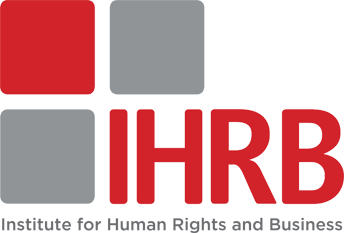

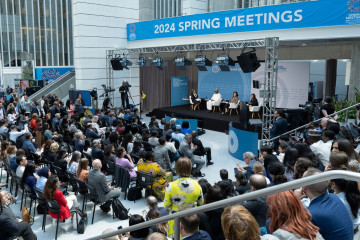
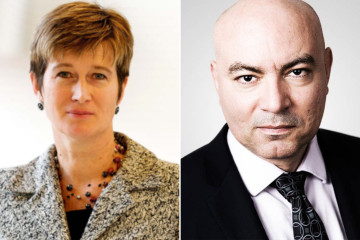
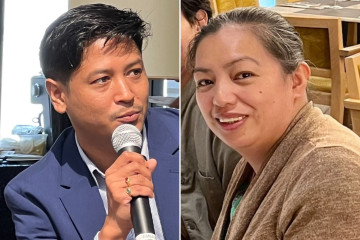
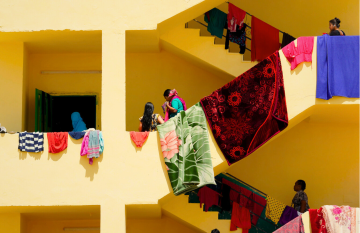
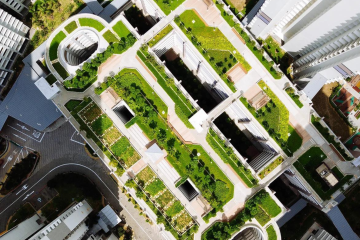

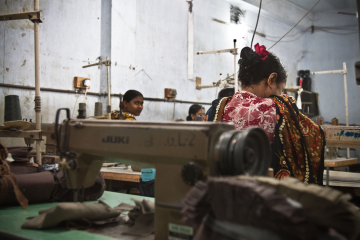

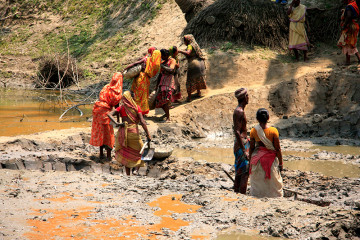
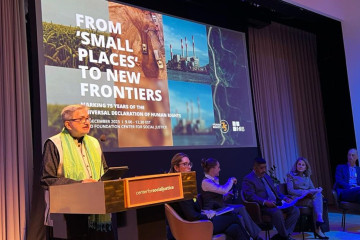
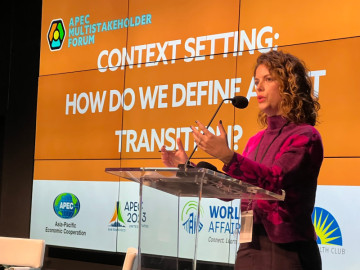
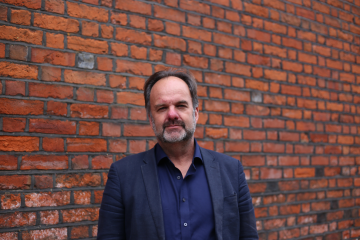

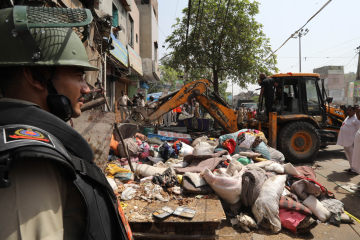
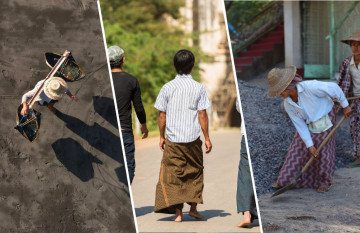

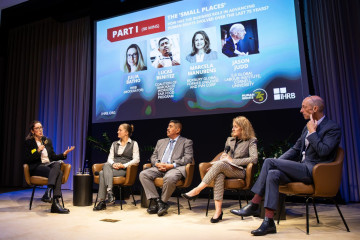

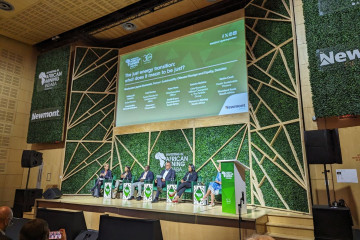
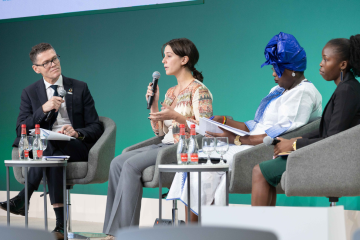
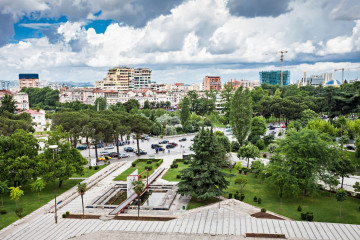
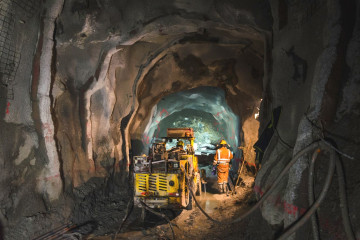
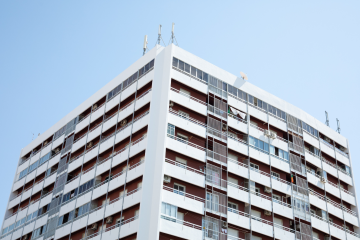

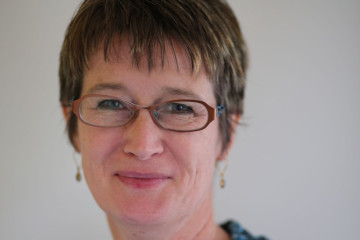
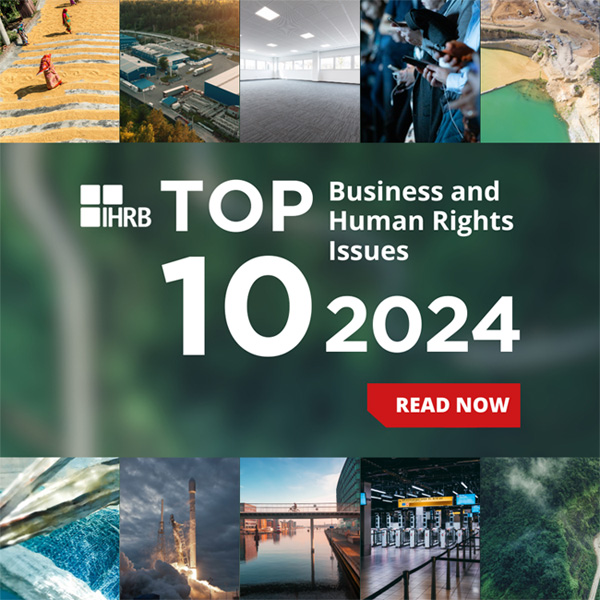
The perception of ‘value’ needs to change if the World Bank’s mission is to succeed
Last week we attended the Spring Meetings of the World Bank and International Monetary Fund (IMF) in Washington, D.C. The annual IMF-World Bank meetings bring together finance ministers and central bankers from all regions as a platform for official...
26 April 2024 | Commentary
Commentary by Vasuki Shastry, Author, ESG/Strategic Communications Expert; International Advisory Council, IHRB Haley St. Dennis, Head of Just Transitions, IHRB